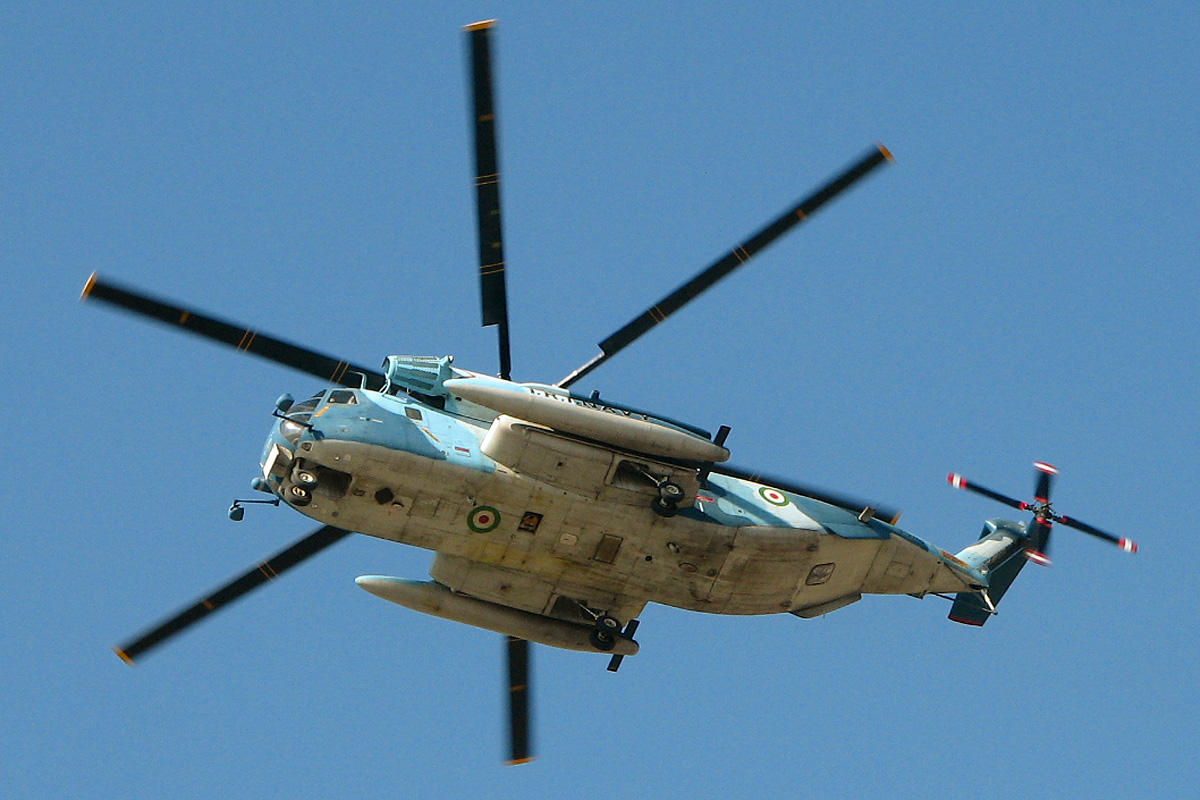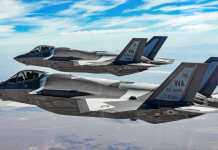The Iranian military held large-scale exercise Zolfaqar-1400 involving all branches of the armed forces between the Strait of Hormuz and the northern parts of the Indian Ocean, as well as in some parts of the Red Sea, media reported on Sunday.
The troops used domestically produced Ababil-3, Yasir, Sadeq, Mohajer-4, and Simorgh drones, a spokesman for the drills told the Iranian Tasnim news agency.
The exercise, featuring the infantry, armored units, mechanized regiments, navy, air force and air defense, aimed to demonstrate the neighboring countries Iran’s readiness to establish peace and friendship based on the regional capacities, according to the media.
On Saturday, the deputy chief of the Iranian Army for coordination, Rear Adm. Habibollah Sayyari, told a press conference that the drills were designed to boost defense capabilities and warn enemies that any attack on Iran will be immediately repulsed.

Israel Apprehensive
Israeli Defense Minister Benjamin Gantz had earlier stated that he had a telephone call with US Defense Secretary Lloyd Austin to coordinate efforts to address Iran’s progress with its nuclear program.
“I had an important discussion with my friend and partner Austin about US-Israel coordination vis-a-vis Iranian regional entrenchment and its nuclear aspirations,” Gantz said via Twitter on Tuesday.
Gantz added he and Austin agreed to meet soon for further talks on strategic issues and military cooperation.
Pentagon Press Secretary John Kirby said in a separate press statement that Austin reaffirmed the United States’ commitment to cooperate to address security challenges in the Middle East.
Iranian Foreign Ministry spokesperson Saeed Khatibzadeh said Tehran will announce the date of resuming the Vienna-hosted talks this week after consulting all parties to the Joint Comprehensive Plan of Action (JCPOA), primarily China.
Iran also assured that they are not trying to build nuclear weapons and has no such plans in its defense doctrine, Iranian Foreign Ministry spokesman, Saeed Khatibzadeh, said in response to a statement by the US and allies at the G20 summit in Rome.
“Iran has repeatedly made statements that it will not seek to create nuclear weapons and that, moreover, this type of weapon has no place in the defense doctrine of the Islamic Republic, according to the decree of the Iranian Supreme Leader,” Khatibzadeh was quoted by Fars as saying.
The spokesman also said the current deadlock is the result of “irresponsibility and non-compliance with the obligations accepted by the governments that made this statement,” as well as the violation of UN Security Council Resolution 2231 (2015) on the Iran Nuclear Issue by the US and European parties’ in failing to fulfill their obligations after the US withdrawal.
In 2015, China, France, Germany, Russia, the UK, the US and Iran signed the JCPOA. The plan stipulated the lifting of sanctions in exchange for limiting Iran’s nuclear program. In May 2018, former US President Donald Trump made a decision of unilateral withdrawal and restoration of stiff sanctions against Tehran.
In response, Iran announced a stage-by-stage reduction of obligations under the plan, abolishing restrictions on nuclear research, centrifuges, and the level of uranium enrichment.
US Ban On Iran
The United States had earlier imposed new sanctions targeting Iran’s unmanned aerial vehicle (UAV) program and its commander, the US Department of the Treasury announced.
“Today, the US Department of the Treasury’s Office of Foreign Assets Control (OFAC) designated members of a network of companies and individuals that have provided critical support to the Unmanned Aerial Vehicle (UAV) programs of Iran’s Islamic Revolutionary Guard Corps (IRGC) and its expeditionary unit, the IRGC Quds Force (IRGC-QF),” the Treasury said in a press release. “OFAC is also designating Saeed Aghajani, the commander of the IRGC Aerospace Force (IRGC ASF) UAV Command.”
The Treasury Department said in the release the lethal UAVs – or drones – are used by militant groups like Hezbollah, Hamas, Kata’ib Hezbollah and the Houthi movement. Iran’s drones have also been used in conflict-torn Ethiopia as well as in attacks on international shipping and on US forces, it added.
The Treasury Department pointed out that under Aghajani’s leadership, the IRGC ASF UAV Command carried out the deadly attack on the commercial shipping vessel Mercer Street in July.
“Aghajani also was behind a UAV attack against a Saudi Arabian oil refinery in 2019,” the release said. “Iranian forces have been responsible for several high-profile attacks against international shipping over the last few years, including two prior incidents this year alone. In 2019, Iranian strikes targeting six tankers were widely condemned, including an operation orchestrated by the IRGC in May 2019 that resulted in damage to Saudi, Emirati and Norwegian vessels.”
The Treasury Department explained in that it also imposed sanctions against the Kimia Part Sivan Company (KIPAS) over its work with Iran’s Quds Force to improve the country’s UAV program.
In addition, the latest round of sanctions has targeted the chief of the IRGC ASF Research and Self-Sufficiency Jihad Organization – Abdollah Mehrabi, the release said.
The Treasury Department noted that Mahrabi procured drone engines for the organization from the Oje Parvaz Mado Nafar Company, the release said.
“Mado Company and its managing director Yousef Aboutalebi (Aboutalebi) have procured UAV engines for the IRGC Navy and entities supporting weapons development for the Iranian military, including Iran’s Qods Aviation Industries (QAI) and Aircraft Manufacturing Industries (HESA), which is a US-sanctioned company that has provided UAVs to the IRGC,” the release added.
- Via Sputnik News Agency
- Mail us at: edesk@eurasiantimes.com
- Follow EurAsian Times on Google News




